How exciting! A new lead has landed.
They’ve filled out your contact form, asked for a call, and they’ve mentioned a project you’d be perfect for.
Your team springs into action booking meetings, preparing proposals, looping in the technical team for support.
But then three weeks down the line … crickets!
No feedback. No next steps. No deal.
Does this sound familiar?
This isn’t only frustrating, it’s horribly expensive. I’ve found that the root cause is nearly always the same thing:
Poor qualification.
Let’s look at why this happens, how it hurts your pipeline, and how to fix it with a proven structure used across high-performance engineering and technical sales teams.
The Cost of Getting it Wrong
Chasing lots of (unqualified) leads feels like you have momentum. But you don’t.
In fact, this is one of the biggest silent killers of sales performance in engineering-led firms.
Here’s why:
You waste valuable time on the wrong leads Sales and engineering staff spend hours on proposals, diagnostics, and meetings all to often with prospects who were never serious in the first place.
You miss better-fit deals While you’re stuck writing custom proposals for the tyre kickers, a genuine opportunity goes cold because you didn’t follow up in time.
You damage your positioning The more you give away without a clear fit or commitment, the more you look like a free resource not the specialist provider you are.
Over time, this compounds into:
– Unpredictable forecasts – Frustrated teams – Slow, painful sales cycles – Stuck pipelines and low conversion rates
If you’re reading and nodding, the good news: there’s a fix.
The 5P Process – P3 Qualification Framework

At Rathore PSC, we help engineering and automotive firms adopt a structured sales system built around the 5P process.
The third stage is P3: Discovery Call and is where all the qualification happens.
Here’s what we include in that stage, and how you can apply it today:
1. Core Competency Alignment
Can you technically deliver what the client is asking for?
This sounds obvious, but you’d be surprised how many teams say “yes” before really understanding the ask.
Look for alignment with your core capability not just “can we do it,” but “do we do this kind of work profitably, reliably, and with a strong track record?”
If it’s outside your sweet spot, walk away early. If you can refer it to someone you know specialises this will also win you a spot in their memories for future enquiries too.
2. Timeline and Urgency
Is there a specific timeline by which they need a solution?
Projects with clear deadlines and impending events move and those without urgency stall.
Ask questions like:
- “What’s driving the timing of this project?”
- “What happens if it’s delayed?”
- “Is there a fixed go-live date we need to work toward?”
If the answer is vague or “we’re just exploring for now,” treat it as a slow-burn lead not a current opportunity.
3. Decision-Making Unit (DMU) Mapping
Are you speaking to the right people?
In complex B2B sales, there’s rarely a single decision-maker.
You need to identify:
- Who influences the decision?
- Who controls the budget?
- Who signs it off?
- And who could block it?
Ask directly: “Who else needs to be involved in the decision?” “What’s the internal approval process for a project like this?”
If you’re stuck with a gatekeeper, pause until you’ve mapped the DMU properly.
4. Budget or Monetisation of the Challenge
Have they allocated a budget or at least recognised the cost of inaction?
You won’t always get a firm number on the first call. But you must uncover whether they’re commercially engaged.
Try asking:
- “What impact is this problem having financially or operationally?”
- “Have you set aside a budget for this work yet, or are you still looking at the options?”
If they can’t answer either, proceed with caution. Curiosity isn’t commitment.
5. Why you?
Do they see you as the critical solution provider or are you just one of many options?
You’re looking for signals of preference or strategic fit.
This might sound like:
- “We were referred to you because of your work in [sector].”
- “We’ve seen your results on a similar project.”
- “We need someone with your [specific expertise or approach].”
If you’re not hearing that, you’re not yet positioned as a priority.
6. Micro-Commitment
What small step are they willing to take next?
This could be:
- Booking a second meeting with the wider team
- Sharing a project brief or internal document
- Agreeing to a paid discovery or scoping session
- Committing to a timeline for decision
If they won’t move forward in any meaningful way, they’re not qualified.
No next step = no deal.
Case Study: How One Team Reduced Lead Waste by 30%
One engineering services firm came to us with this exact issue: high activity, low results.
They were quoting for everything, sometimes 4 or 5 proposals a week, but their success rates were in single digits.
We implemented the P3 qualification framework across all discovery calls.
Within 90 days:
✅Proposal volume dropped by 25%
✅Proposal-to-close rate rose from 11% to 29%
✅Technical teams recovered 18 hours per month from non-qualified calls
They weren’t chasing leads any harder but they were stronger at qualifying.
Take Action This Month
Want to stop wasting time on leads that won’t convert?
Here’s what you can do right now:
Audit your last 10 proposals – How many were fully qualified if you were using the P3 criteria?
Build your qualification questions – Based on the six areas above, create your team’s go-to questions.
Practice disqualification – Not every lead deserves a proposal. Empower your team to say no early, and focus on higher-value and better-return opportunities.
Final Thought:
In engineering, we don’t build systems without knowing the specifications. So why treat sales any differently?
Qualifying properly is being professional. It protects yours and your prospects’ time and your chances of winning.
And when done well, it accelerates your pipeline.
If you’d like help rolling out the full 5P sales process and improving qualification across your team, just drop me a message.
Until next time,
Mark Rathore
P.S. What’s your team’s biggest challenge with qualifying leads right now?
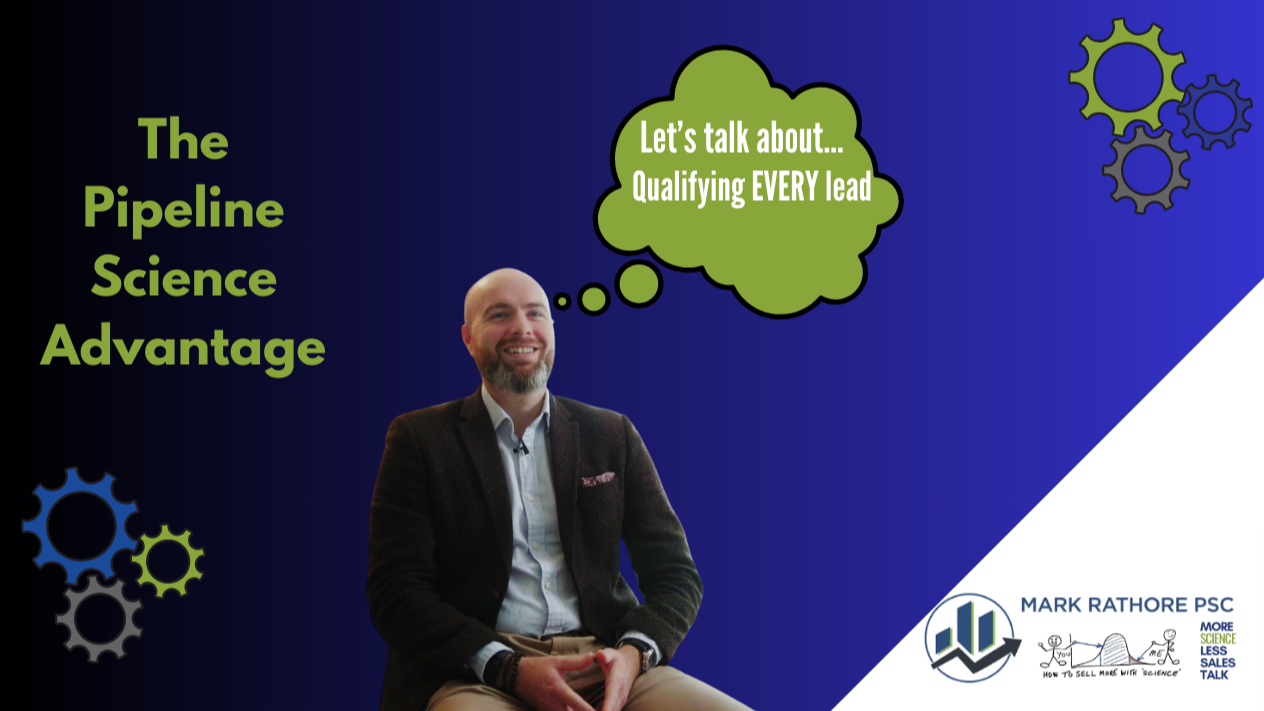
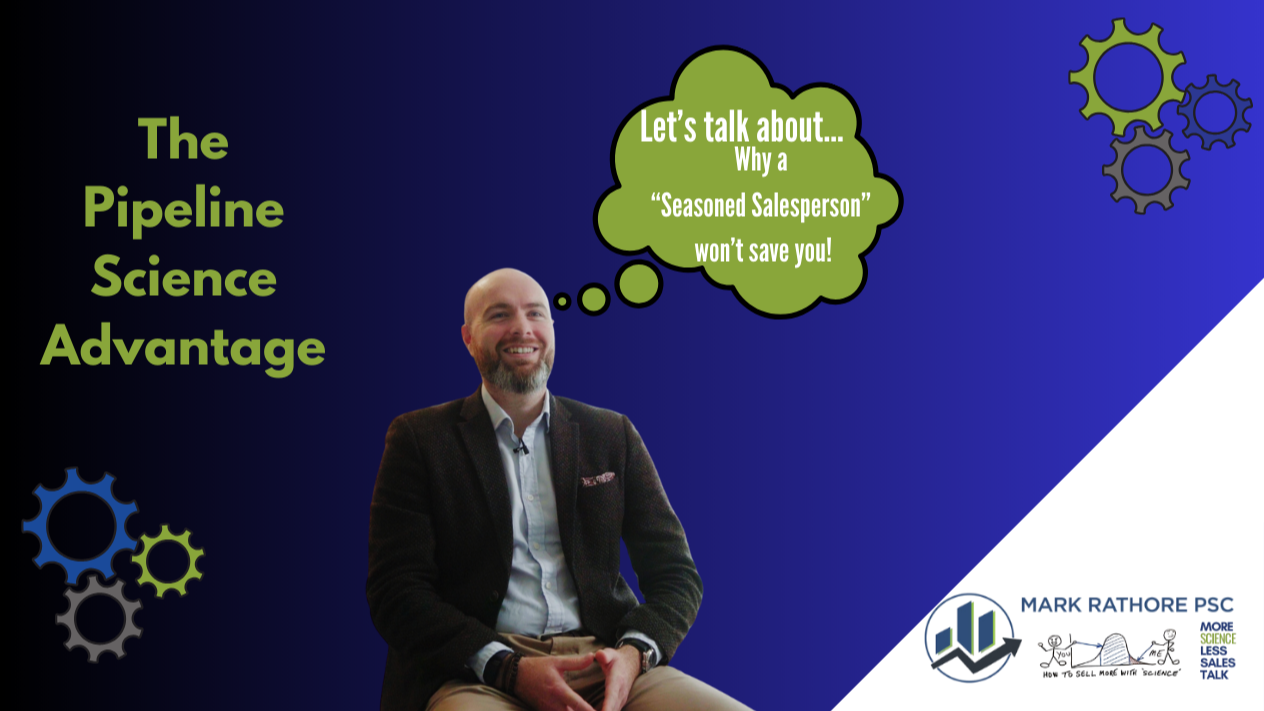
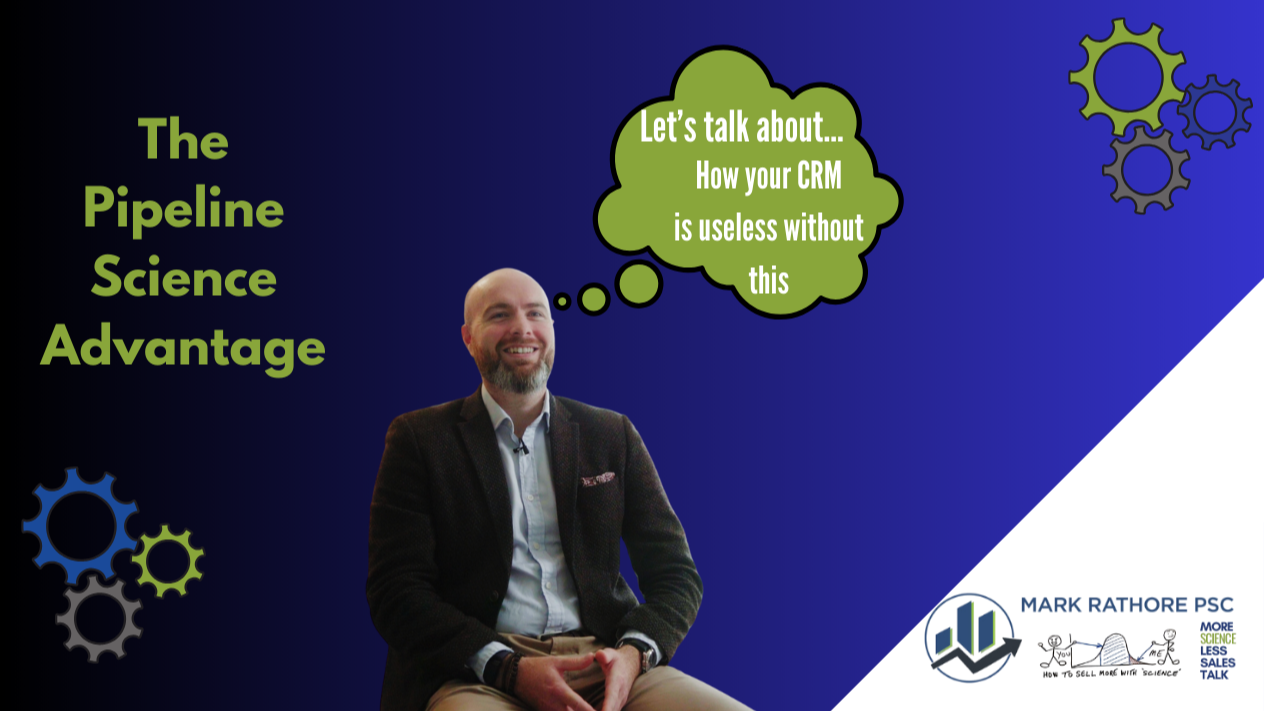
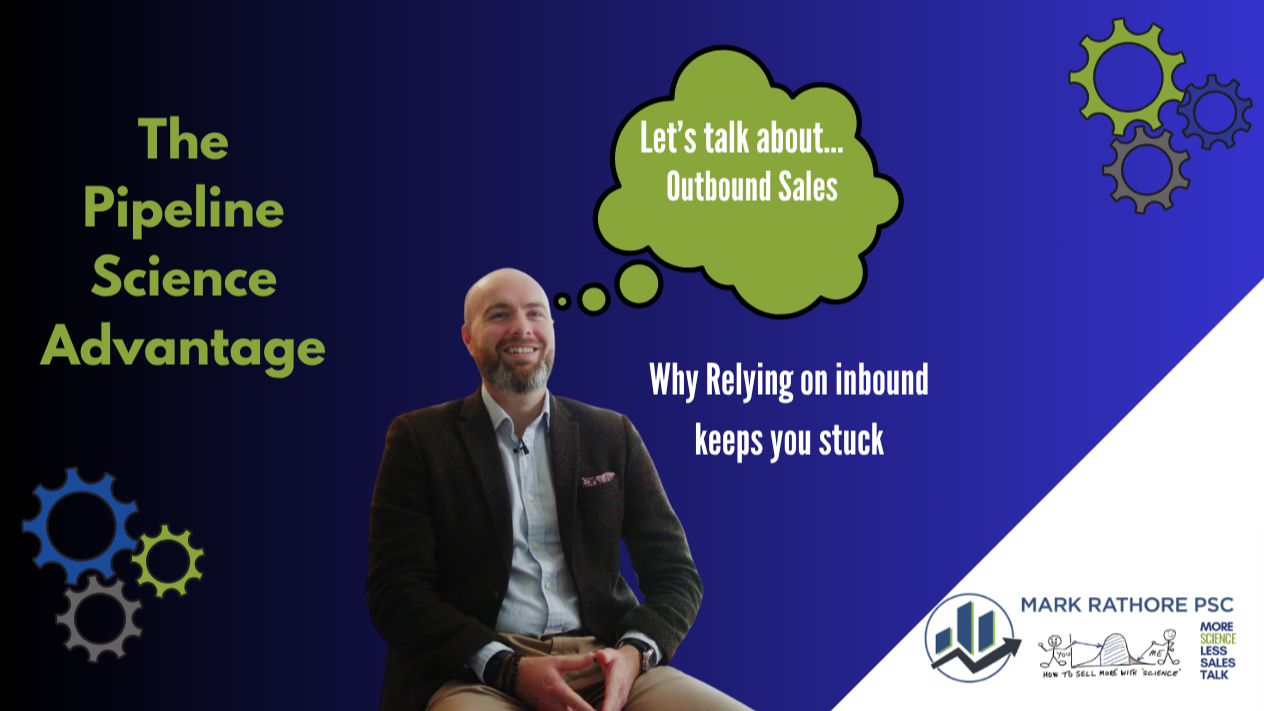
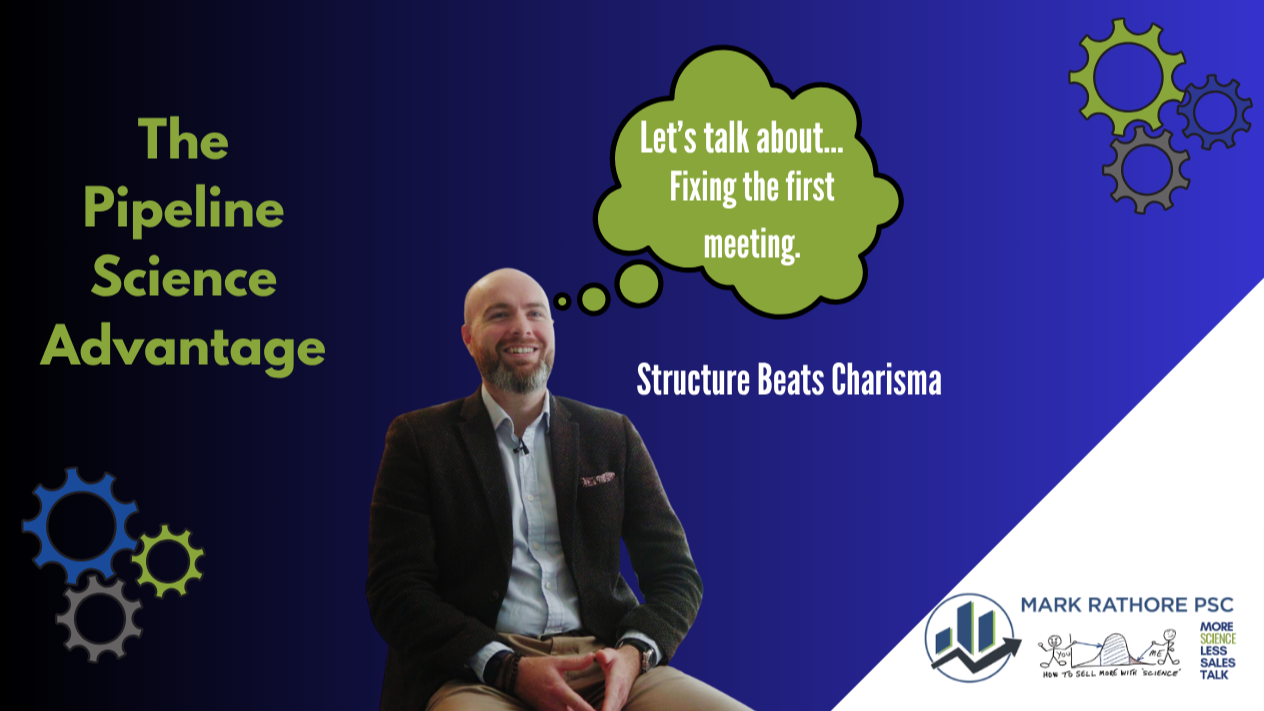
Leave A Comment